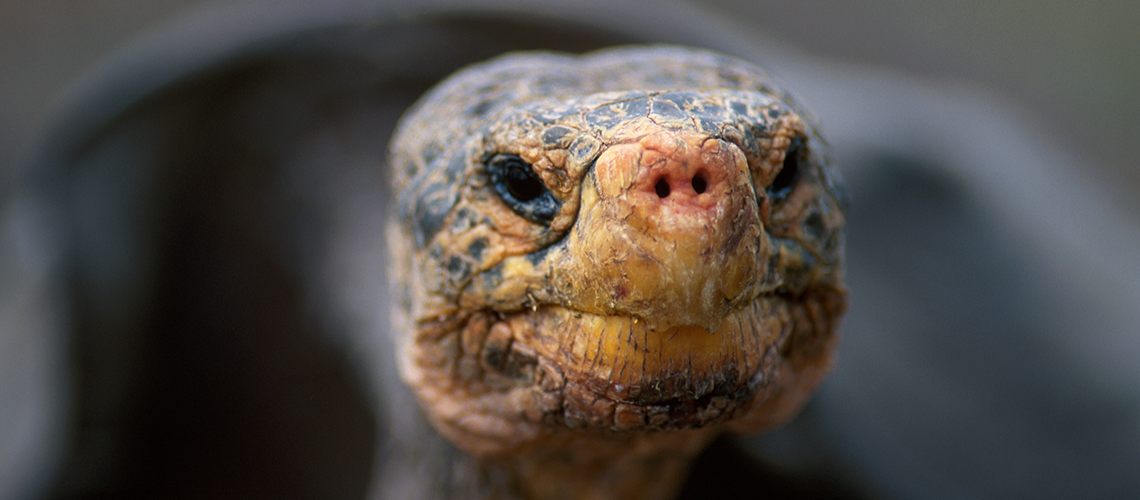Follow us on Google News (click on ☆)
In vertebrates, the formation of feathers, hair, and scales is generally dictated by molecular genetic factors. The scales on crocodile heads are an exception, as they result from a purely mechanical process of skin folding.

A classical chemical model guides the formation of peripheral scales, while those on the top result from skin folds due to mechanical stresses linked to bone growth.
© Michel Milinkovitch
A new study from the University of Geneva (UNIGE) reveals that turtles use these two distinct processes to develop their scales in different regions of their heads. These findings suggest that the mechanical shaping of scales is an ancestral trait, shared with crocodiles and likely dinosaurs, but lost in birds. Published in iScience, they shed new light on reptile evolution while also opening avenues for innovation in various applied fields.
In most vertebrates, skin appendages such as hair, feathers, or scales originate from placodes—small specialized areas of skin whose spatial organization is governed by molecular genetic signals that have been well conserved throughout evolution. However, crocodiles are an exception: the scales on their heads do not emerge from placodes but instead result from simple mechanical folding of growing skin.
This study uncovers a new facet of reptile evolutionary history.
One head, two mechanisms
The laboratory of Michel Milinkovitch, a professor in the Department of Genetics and Evolution at UNIGE's Faculty of Science, had previously elucidated this mechanism. This time, they turned their attention to turtles. The Geneva-based scientists discovered that these reptiles combine both strategies—a first among vertebrates.
The peripheral scales on the head follow the classical chemical model, expressing genes characteristic of placode development. In contrast, at the top of the head, no trace of these genetic signals is found: here, the skin folds under mechanical stresses generated by the slower growth of underlying tissues, particularly bone tissue.
Patterns sculpted by physics
Using 3D light-sheet microscopy and computer modeling, the scientists demonstrated that these mechanical forces alone are sufficient to produce the irregular polygonal patterns observed in this area. "This mechanical folding explains the asymmetrical shapes of the scales on the top of the head," explains Rory Cooper, a postdoctoral researcher in Michel Milinkovitch's lab and co-author of the study. "It also accounts for the remarkable variation observed between individuals and even between the left and right sides of the same individual's head," adds Ebrahim Jahanbakhsh, a computer scientist on the team and also a co-author of the study.
A legacy from ancient reptiles
From an evolutionary standpoint, this discovery is significant. Indeed, terrestrial and aquatic turtles (collectively known as Testudinata) are the closest living relatives of crocodiles and birds. The fact that turtles and crocodiles share the same mechanical scale-forming process suggests that it appeared in their common ancestor. It was subsequently lost in birds.
"This reveals a new facet of reptile evolutionary history: the ability to generate head scale patterns through mechanical forces is an ancient trait—one that predates the emergence of modern turtles, crocodiles, and birds, and thus very likely existed in dinosaurs," comments Michel Milinkovitch.
Beyond evolutionary biology, these findings hold great interest in the emerging field of biomimetics—the search for innovative solutions by observing nature—as well as in regenerative medicine. Indeed, understanding how complex structures emerge from simple physical rules inspires advances in diverse applied fields, from architecture to tissue regeneration and the design of innovative materials.